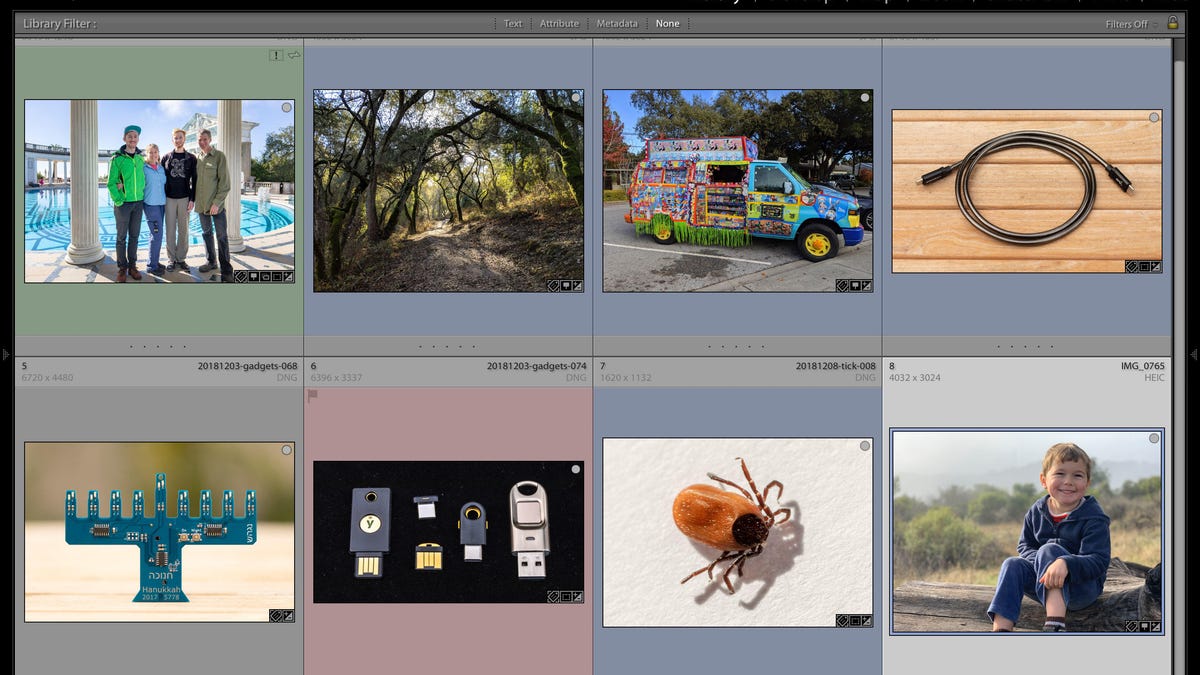Nvidia releases Creator Ready drivers, because creatives use GeForce, too
Nvidia launched a new driver track, optimized for users of Adobe apps, Blender, Cinema 4D and others who prize stability over frame rates.

Nvidia's new Creator Ready driver track finally acknowledges the hordes of GeForce owners who use its less expensive gaming-optimized consumer cards with professional applications. It's mostly about "cadence": Creator Ready is a slower, more stable driver update track than its Game Ready drivers, which update every time a popular new game comes out. It also sounds like Nvidia is placing more weight on testing them with the applications than it does with the Game Ready drivers.
Nvidia also claims speed improvements with Adobe Photoshop CC, Premiere Pro CC, Blender Cycles and Cinema 4D. Plus, there's specific acceleration support with RTX cards for Unreal Engine 4.22, Photoshop Lightroom CC (hopefully Nvidia really means Lightroom Classic CC), Substance Designer and Redcine-X Pro 51.
Nvidia has long maintained a firm distinction between workstation-certified Quadro graphics cards and its gaming-optimized -- and much cheaper -- GeForce cards, despite the fact that the actual line between the two is a lot fuzzier in practice. But 2019 is The Year of the Buzzword "Creative," so it looks like the company is unclenching a bit on its drivers for Turing- and Pascal-based GeForce cards and as far back as the Volta-based Titan V. The driver applies to Quadro cards, as well.
This move was likely intended to pacify game streamers (real game streaming, like on Twitch, not cloud gaming) and game designers, both quickly growing segments for discrete GPUs. A more cynical person might even think the move is to help bolster sales of the ray-tracing-accelerating GeForce RTX cards -- if you think they're expensive, try looking at the prices of the Quadro RTX cards.
The always-interesting tests by Puget Systems show no significant speed improvements, however, with an RTX 2080 in Premiere Pro CC and Photoshop CC, though the site didn't really run a full set of tests. But I wouldn't be surprised if the relevant software developers took the new drivers into account and performance differences will change over time. A girl can dream, anyway.
The driver doesn't add support for 10-bit color for applications (not just games), one of Nvidia's most annoying mainstays for distinguishing workstation from consumer GPUs. The game and creator drivers are essentially the same, at least for the moment, just on different release cycles.
Of course, if there's no notable performance increase, you could just not autoupdate the existing drivers, which is always a good policy anyway; when possible, I wait and see if they break anything important before updating.
Originally published March 26.
Update, March 27: Adds confirmation from Nvidia that 10-bit support has not been added. (It's still available only through DirectX, not OpenGL, for applications.)

